SUMMARY
This is AI generated summarization, which may have errors. For context, always refer to the full article.
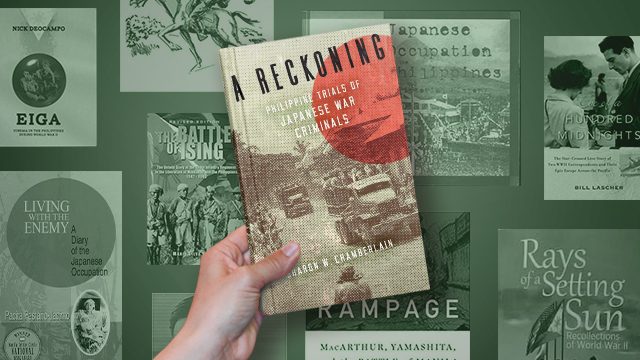
BAGUIO, Philippines – Ever wondered why Pinoy millennials think that World War II was as distant as the Jurassic era, even though almost one million Filipinos died at the time when there were only about 16 M of us?
According to Mike Villa-Real, the senior vice president of the Veteran’s Bank, this can be traced to their history textbooks. He said that in many of their textbooks the whole history of World War II covers not even a whole page. From that mere mention, only the outbreak of the war in 1941, the Fall of Bataan, and the Fall of Corregidor were covered.
And why were most of the books written by American authors? Retired Major General Restituto Aguilar, chief of the Veterans Memorial and Historical Division of the Philippine Veterans Affairs Office, said the accounts of the Filipinos were submitted to the United States right after the war and had been archived.
Aguilar said the Filipino guerrillas submitted all their accounts and documents to the US government to prove their services so they could be compensated. He said most of these were compiled at the National Archives Research Center in Washington D.C.
He said that after 70 years PVAO was able to dispatch Filipino researchers there to scan the original documents. “Hopefully, rectification can be done,” he said, and that hopefully some of these books written by Filipinos could come out in 2020 during the 75th anniversary of the end of World War II in the Pacific.
While waiting, we asked Villa-Real for 5 books on World War II which he finds essential for the millennials. Here they are with his comments:
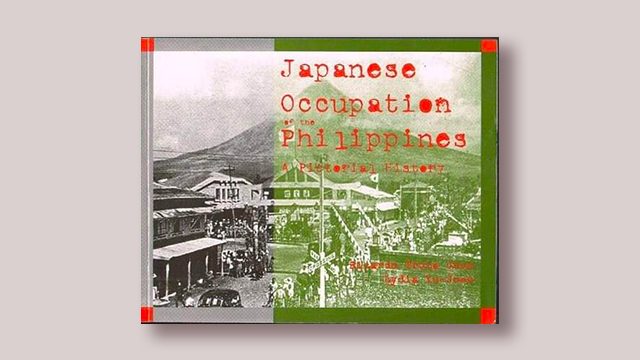
Japanese Occupation of the Philippines: A Pictorial History
By Dr Ricardo Trota-Jose and Dr Lydia Yu-Jose
This is for the reading-challenged. It’s quite enjoyable and a great resource, mostly wartime photos but you can be sure of the historical accuracy because the book is by renowned WWII historian and expert Dr. Rico Jose
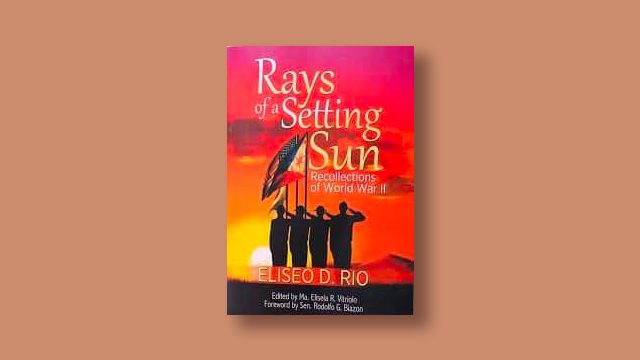
Rays of a Setting Sun: A Recollection of World War II
By Eliseo D. Rio
The eyewitness account of Colonel Eliseo Rio (father of the now-DICT secretary), published by the family, covers a wide range of wartime events – including the bombing of Camp John Hay, the Battle of Bataan, and the Guerrilla movement in the Visayas.
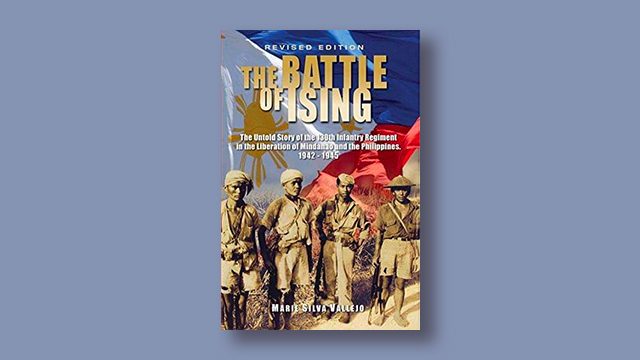
The Battle of Ising: The Untold Story of the 130th Infantry Regiment in the Liberation of Mindanao in the Philippines
By Marie Silva-Vallejo
This is a well-researched book about a little-known battle in Ising (now the municipality of Carmen in Davao del Norte). The author had the privilege to be in the United States and access all these information and photos about the Filipino resistance in Mindanao from archives and museums. From her data gathering, she was able to put together the story about her father, Lieutenant Colonel Saturnino Silva and his men and the almost forgotten Battle of Ising.
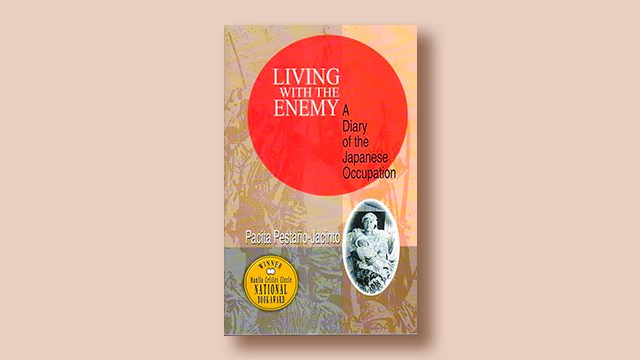
Living with the Enemy: A diary of the Japanese Occupation
By Pacita Pestaño-Jacinto
The diary contains entries coming from different perspectives, while its writing is easily understandable – the reader will be moved by the struggles and horrors witnessed by these WWII survivors.
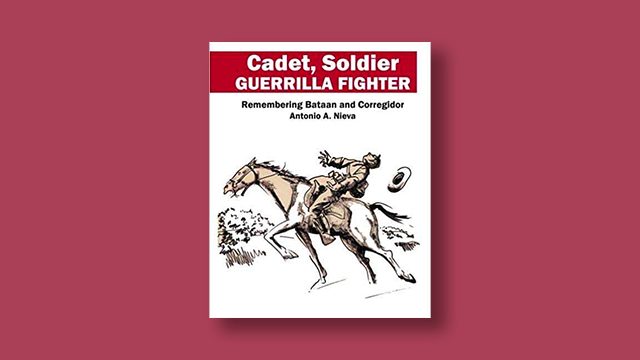
Cadet, Soldier, Guerrilla Fighter: Remembering Bataan and Corregidor
By Pepi Nieva
This tells the stories of Antonio A. Nieva, who survived the Bataan Death March and was imprisoned. He was later released and yet still joined the Hunters-ROTC Guerrillas – who were mostly “just” college students but became one of the biggest guerrilla groups. It would be interesting to read how these young men and women, some just teenagers, would choose the path to fight for their country.
In addition, here are other new essential WWII readings, which we found in our library which would give a fresh view of what happened then:
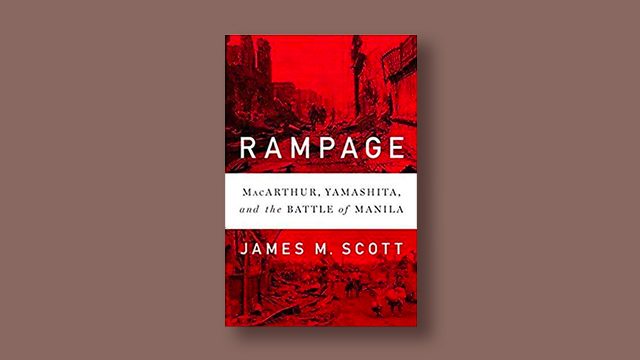
Rampage: MacArthur, Yamashita and the Battle of Manila
By James Scott
How can a month-long battle that led to the death of 100,000 civilians be forgotten? But this was what happened with the Battle of Manila in 1945. The book, which was launched recently in Manila, hopes to put the spotlight on this terrible event. It is a painful read, though we read it for 5 sleepless nights. It started with a character study of General Douglas MacArthur and General Tomoyuki Yamashita and the bloody chess game they played.
As General Aguilar noted, the new stories were mostly culled from the National Archives, though mostly from the stories of the US servicemen.
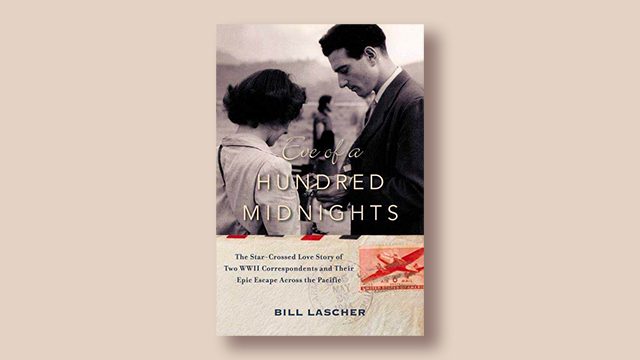
Eve of A Hundred Midnights
By Bill Lascher
What caught us was the second title – “The Star-Crossed Love Story of Two WWII Correspondents and Their Epic Escape Across the Pacific.”
Melville Jacoby wrote for Time and Life magazines, and he and his wife, Annalee (who would later become a scriptwriter), were in Bayview Hotel when the war broke out in the Philippines. They weighed their options – leave or cover – and decided to leave. It was a 3-month escape from the Philippines even as Jacoby wrote about Corregidor, Cebu, and finally Australia. It was an engaging story of how it was to cover the Far East and the Philippines during the 1930s and 1940s.
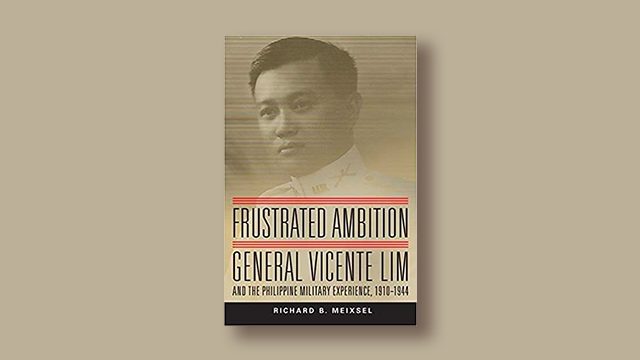
Frustrated Ambition: General Vicente Lim and the Philippine Military Experience, 1910–1944
By Richard Bruce Meixsel
Prior to WWII, General Lim was the most famous Filipino soldier. He was the first Filipino to graduate from West Point, Command and Staff College and the War College. He then decided to join the newly-formed Philippine Army. Then the war happened. This new book by Meixsel wants to show us that Lim should also be considered the greatest Filipino soldier ever.
This is a book that General Aguilar would proudly hark. Not only did it take history in the eyes of a Filipino, it also critiqued the past accounts of the war from the American authors. Lim commanded the Philippine Army’s 41st Division, which was more successful than its American counterparts in the defense of Bataan.
Lim was captured by the Japanese and released. He decided to join the guerrillas and was later executed. This is a great companion to Lim’s To Inspire and To Lead: The Letters of Gen. Vicente Lim, 1938-1942.
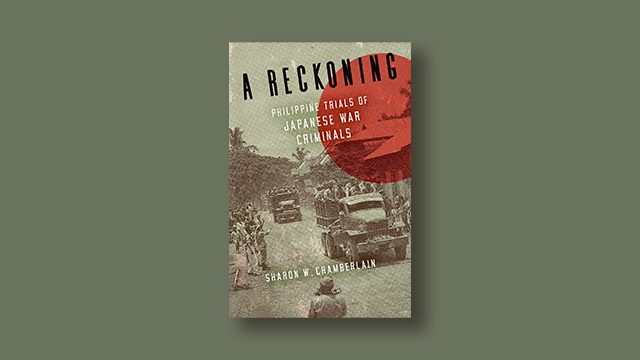
A Reckoning: Philippine Trials of Japanese War Criminals
By Sharon W. Chamberlain
Scouring primary sources, independent historian Chamberlain is the first to give an extensive account of the trials of thousands of Japanese military officers and soldiers in the Philippines. Chamberlain wrote: “The Philippine government trials offer a rich field for exploring various facets of the war crimes trials: how a newly independent country approached issues of law and justice; how a people who suffered a harsh occupation balanced a thirst for vengeance against due process for alleged offenders; and how domestic considerations in an emerging Cold War world shaped policies dealing with the incarceration and pardoning of convicted war criminals.”
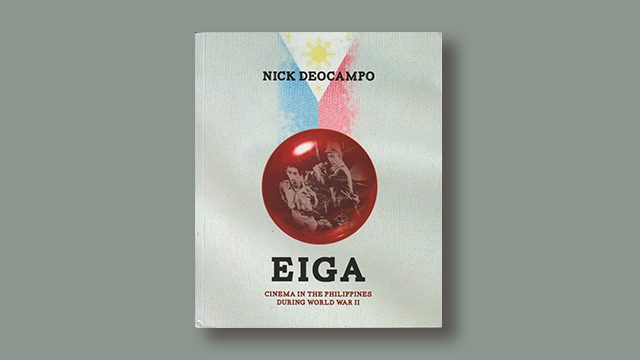
Eiga: Cinema in the Philippines During World War II
By Nick Deocampo
“A monumental effort in archival work, memory rehabilitation, and historiographic discourse,” as Louise Sonido wrote in the Plaridel Journal. Maybe we need to read Deocampo’s two other books on the evolution of the Philippine movies (Cine: Spanish Influences on Early Cinema in the Philippines and Film: American Influences on Philippine Cinema), but now, for how life and popular culture was during World War II, this is a rich trove. We learn about the Japanese Propaganda Corps, the Manila vaudeville scene, and how Hollywood lingered despite all these.
– Rappler.com
1 comment
How does this make you feel?
Help. National didn’t stock many of these books except Rampage. Can you possibly add links on how to purchase the above books? Thanks!